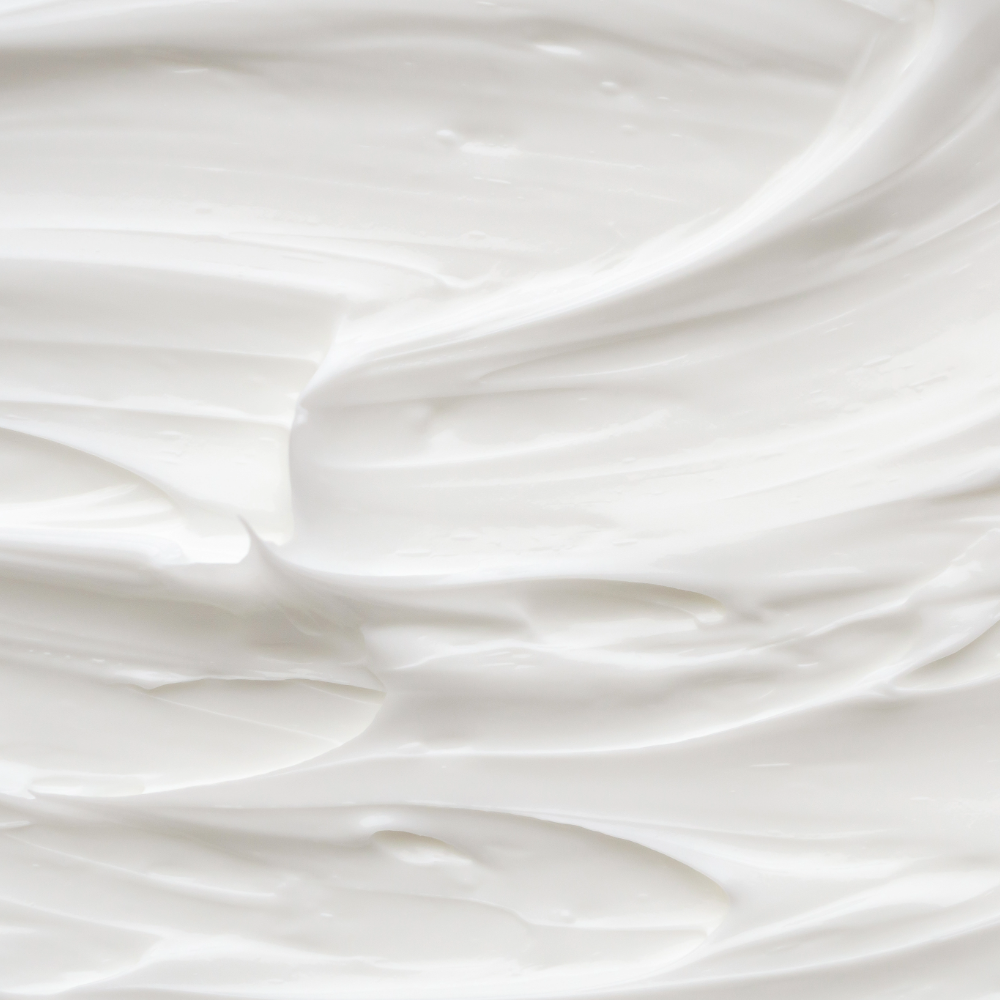
Choosing a the right sunscreen for your family is no easy feat.
Between physical/chemical formulas, varying SPF levels, broad spectrum protection and hidden nasties- there is a lot to consider when choosing a sunscreen.
There is such an array of conflicting information competing for our attention. We understand that this process can be overwhelming.
We believe the best decision is an informed one. Join us as we discuss some facts about sunscreen.
What is the difference between chemical and physical sunscreens?
Sunscreens are classified into two groups, differentiated by the type of UV filters used.
- Chemical sunscreens use organic UV filters including avobenzones, oxybenzones and octinoxate.
- Physical sunscreens use inorganic UV filters like titanium oxide and zinc oxide.
Both organic and inorganic UV filters do an excellent job at protecting us from UV radiation.
How do chemical sunscreens work?
Organic UV filters such oxybenzones serve an incredible purpose in keeping us safe from the sun.
When a chemical sunscreen is applied, the organic UV filters work by absorbing high-energy UV rays. The molecules in the UV filter interact with sunlight, changing chemically. After absorbing the sunlight, the UV filters will convert this energy and release it as heat. The actions of the sun-protecting molecules are reversible, meaning the same molecule can protect you repeatedly.
We often associate the term “chemical” with harmful and harsh ingredients. In sunscreen terms, “chemical” refers to this molecular process.
Those with particularly sensitive skin may want to avoid chemical sunscreen formulas. This is because the chemical process of converting UV radiation into heat may result in an adverse reaction for those those susceptible to irritation.
How do physical sunscreens work?
The active ingredient in physical (also known as mineral) sunscreen is usually titanium dioxide or zinc oxide.
Physical sunscreens sit on your skin, creating a physical barrier between your skin and the sun’s harmful rays. Instead of absorbing UV rays like a chemical formula, physical sunscreens reflect and/or scatter the sun’s radiation.
Because physical sunscreens are designed to form a layer ON your skin, they are specially formulated to stick to the skin well.
Physical sunscreens are great for babies and children as the active ingredients- titanium dioxide and zinc oxide are less likely to irritate the hyper sensitive skin.
One aversion people may have to a physical sunscreen is the feeling. As the active ingredients sit ON your skin, they often feel a lot thicker or leave a white cast.
Because of this, manufacturers will often reduce the particle size (to nanoparticles) in order to improve the cosmetic appearance of commercial sunscreens. This also enhances radiation absorbtion as there is significantly more surface area to reflect/scatter UV rays.
Are Nanoparticles bad?
Nanoparticles are often subject to criticism, due to concerns that its smaller size will allow for the UV filters to be absorbed into the dermal layer (lower layer of skin). Australian College of General Practioners and Australasian College of Dermatologists, along with many others assure that nanoparticles are safe and there has been no scientific evidence of adverse effects caused by nanoparticles demonstrated to date.
Which sunscreen is best for my family?
Both chemical and physical formulas do an incredible job at keeping us safe from harmful UV rays. It is completely personal preference.
Chemical sunscreens are often sold at a lower price point and are widely available.
Those with sensitive skin or doing a water-based activity may prefer a physical sunscreen formula.
We always recommend doing a patch test before applying a new sunscreen- chemical or physical.
The truth is- the best sunscreen for you and your family is one that you will actually apply. The key to sun protection is re-application- frequent and liberally.




